Chinese elm trees are one of the great landscaping trees that we have available in North America. They are tough to kill, adaptable to any soil and watering conditions, and are generally pest and disease resistant. However, the Chinese elm is constantly confused with its relative, the Siberian Elm. The Siberian elm, on the other hand, is not a beloved tree. They spread profusely through seeds, have many pest and disease problems, and have brittle branches that are prone to breakage. Due to this confusion Chinese elms are heavily discouraged as a landscape tree, when they are a perfect fit for the desired qualities in a landscape tree.
Identification of Chinese Elms and Siberian Elms
Chinese and Siberian elms are extremely similar, but the one characteristic that aids in distinguishing between them is their bark. Chinese elm bark is mottled and can have an orange tint to it, while Siberian elm bark is fissured with an orange tint in the crevice of the bark. This can be more difficult to determine on young branches, but mature bark gives a clear distinction. Here are a few photos to compare the difference:
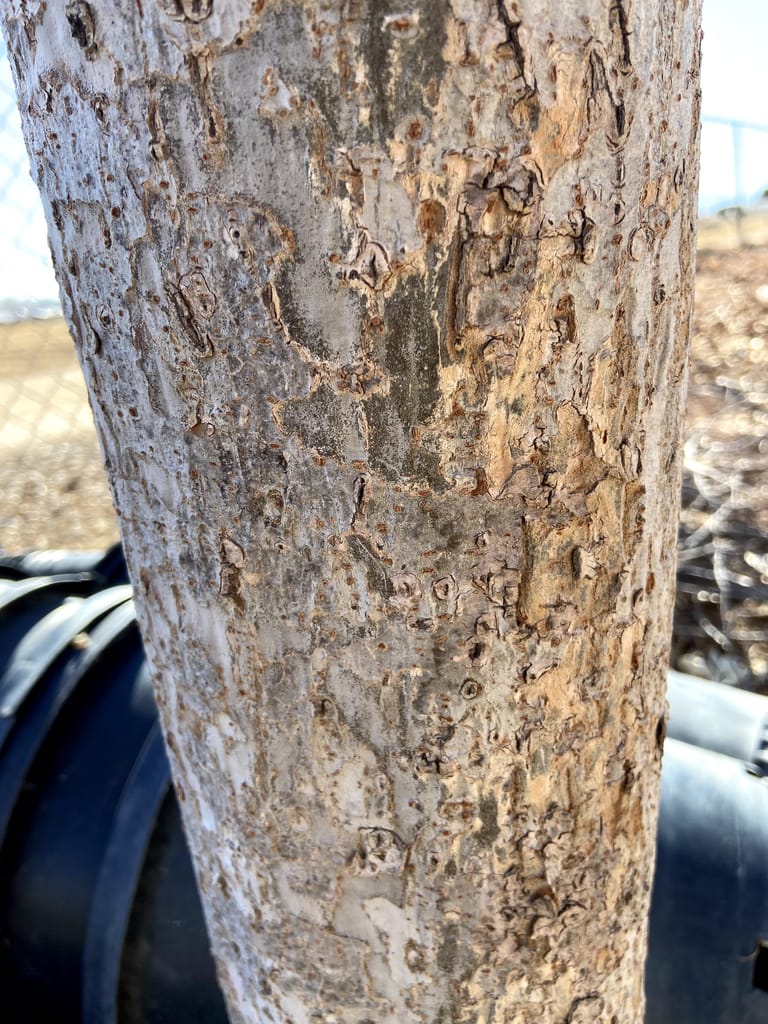
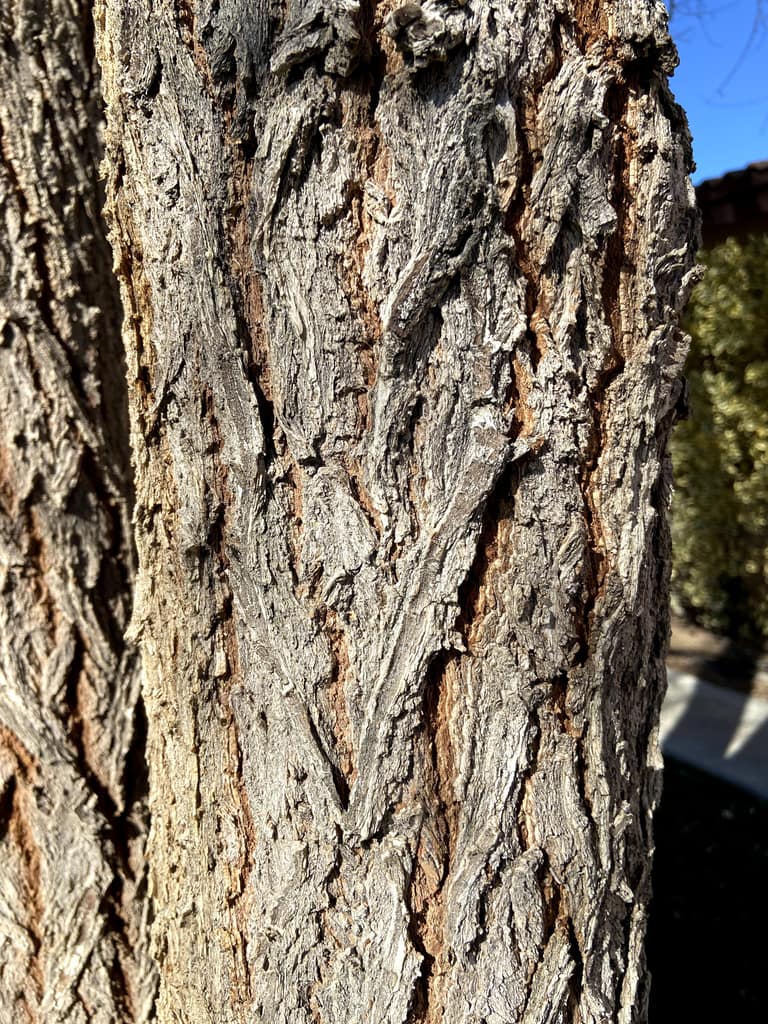
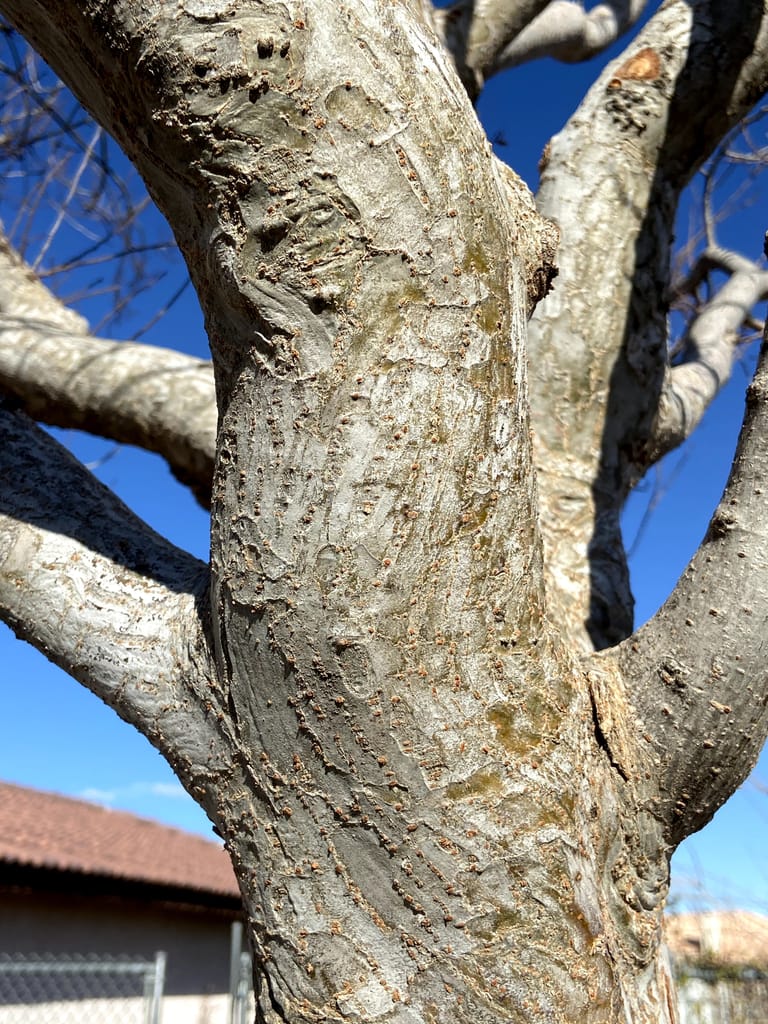

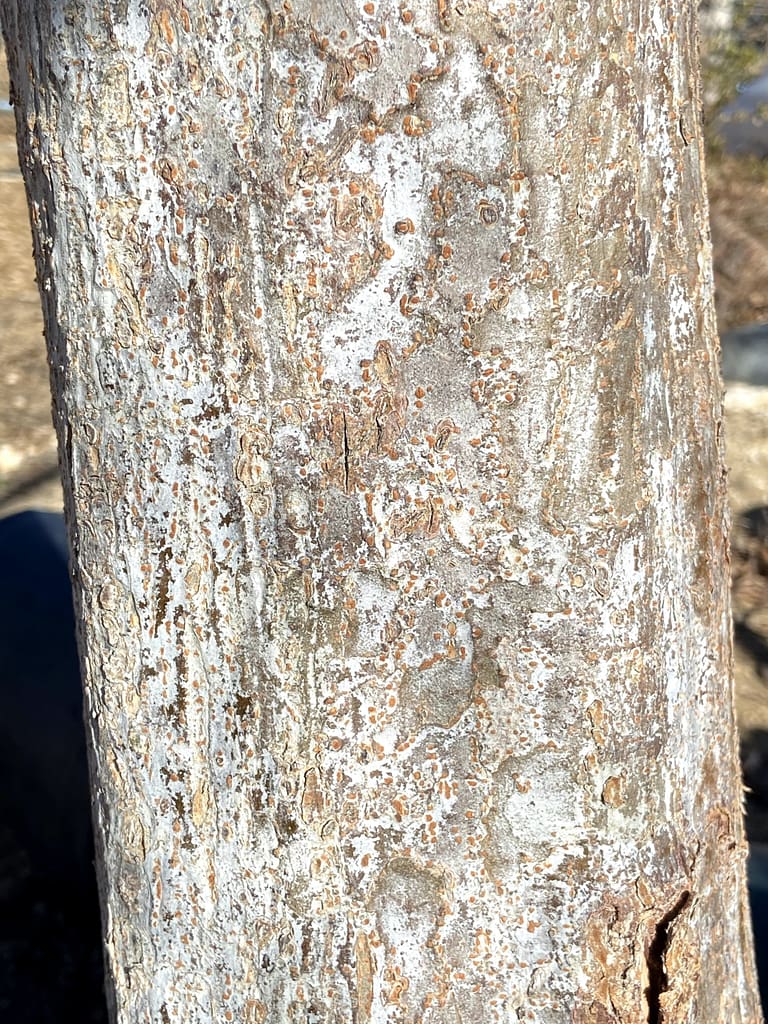
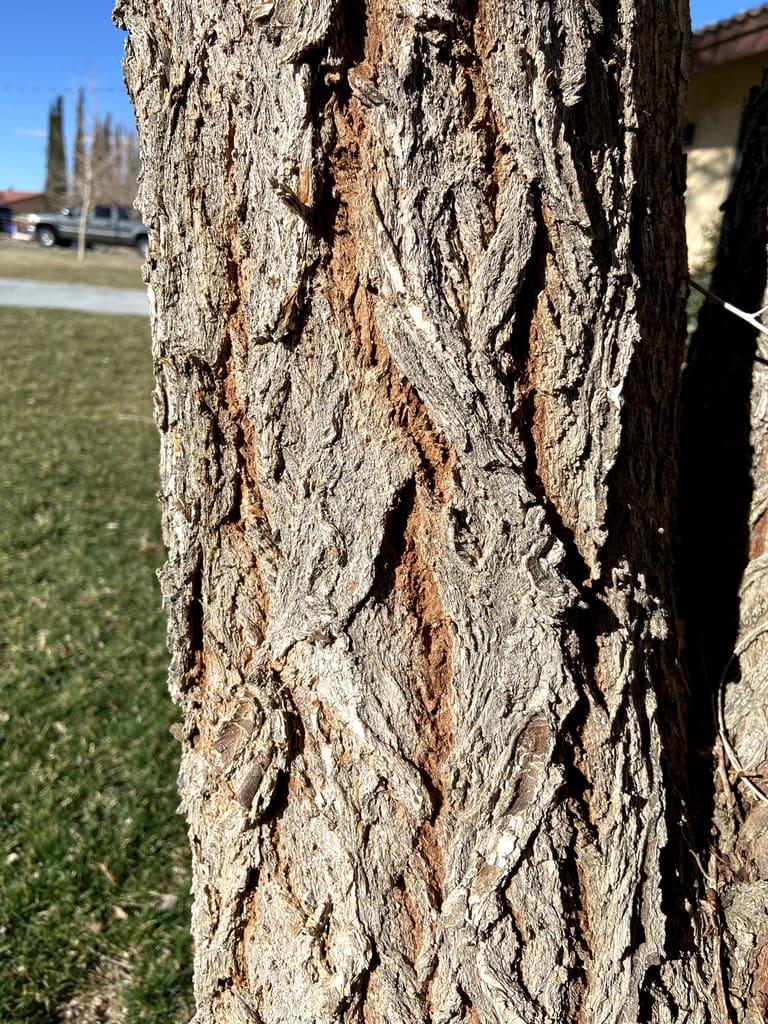
If trying to indentify between these two species you can use the following questions as a decent guide to which you might have.
- Did you plant this tree?
- Are there lots of similar trees nearby?
If you did not plant it and there are similar trees nearby, then it is highly likely that you have a Siberian elm. While not always the case, the Siberian elm is known to sprout up from seeds without being planted intentionally.
If you’re deciding which to plant, I’d recommend Chinese elm in every scenario except living in zone 3, which Chinese elms are not hardy to. Other than cold hardiness and spreading by seed, a Chinese elm can do any and everything a Siberian elm can and can usually do it better.
